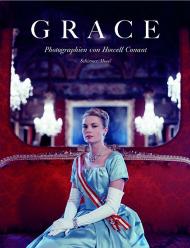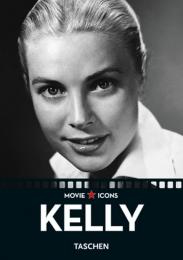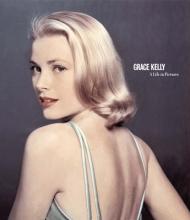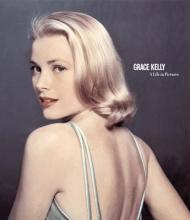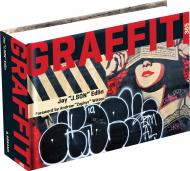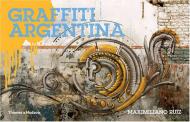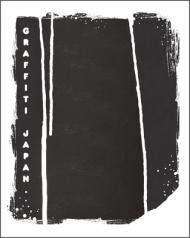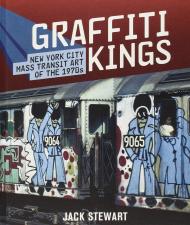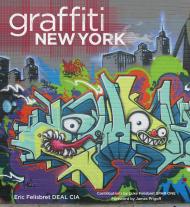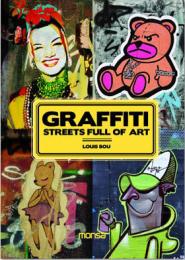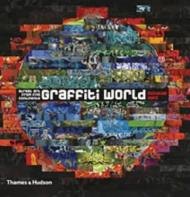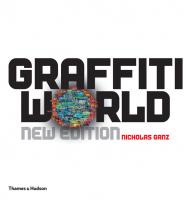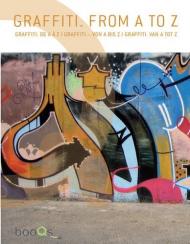Sie war die populärste aller Hitchcock-Blondinen, bevor sie zur untadeligen Aristokratin und Landesmutter des Fürstentums Monaco wurde. Grace Kelly, 1929 als Tochter eines millionenschweren amerikanischen Bauunternehmers und einer deutschstämmigen Mutter in Philadelphia geboren, kam schon mit 23 Jahren zu Starruhm. Regisseur Fred Zinnemanns Zwölf Uhr mittags katapultierte sie 1952 an die Spitze der beliebtesten Schauspielerinnen, und die drei Hitchcock-Klassiker "Bei Anruf Mord", "Das Fenster zum Hof" (beide 1954) und "Über den Dächern von Nizza" (1955) machten sie zur Stil-Ikone der 50er Jahre. Die Metamorphose von Hollywoods leading lady Grace Kelly zu Fürstin Gracia Patricia von Monaco vollzog sie 1956 mit der ihr eigenen Eleganz und Ausschließlichkeit. Seit der "Jahrhunderthochzeit" mit Rainier III. und ihrem glanzvollen Einzug in den Grimaldi-Palast von Monte Carlo spielte sie ihre Rolle als Repräsentantin - und Hauptattraktion - eines bis dahin eher unbedeutenden Zwergstaats mit vollendeter Grazie. Ihr tragischer Unfalltod 1982 schockierte die Welt und ließ die Frau, deren Leben ein Märchen war, das die Wirklichkeit schrieb, zur unsterblichen Legende werden. Star-Portraitist Howell Conant (1917-1999), dem wir die wunderschönen Tiffany-Photos von Audrey Hepburn aus unserem letzten Programm verdanken, begleitete bereits Grace Kellys Filmkarriere, bevor er zum Hofphotographen der Grimaldis avancierte. Unser Band ist also alles in einem: Bildbiographie, eine Sammlung der schönsten Publicity-Portraits und fürstliches Familienalbum.
218 Abbildungen in Farbe und Duotone.
